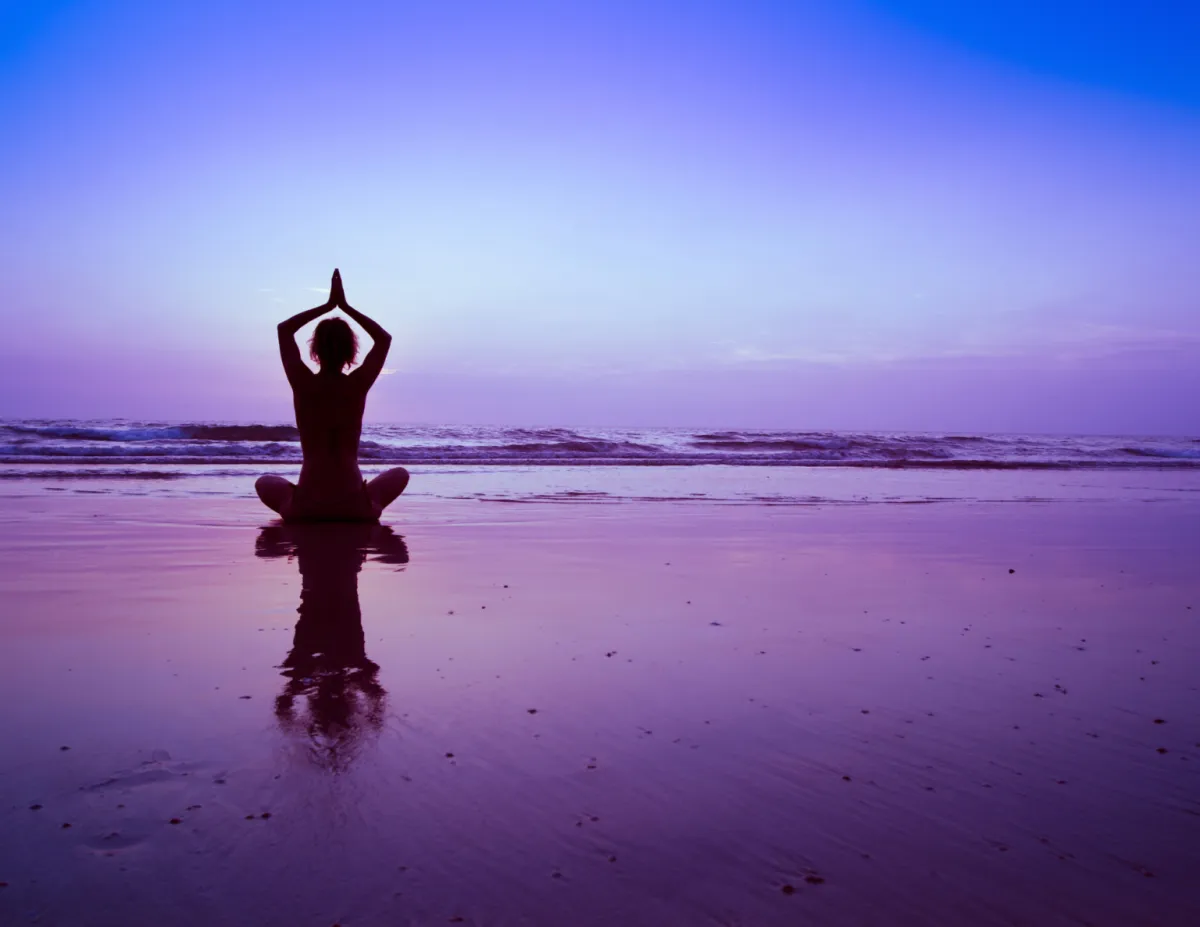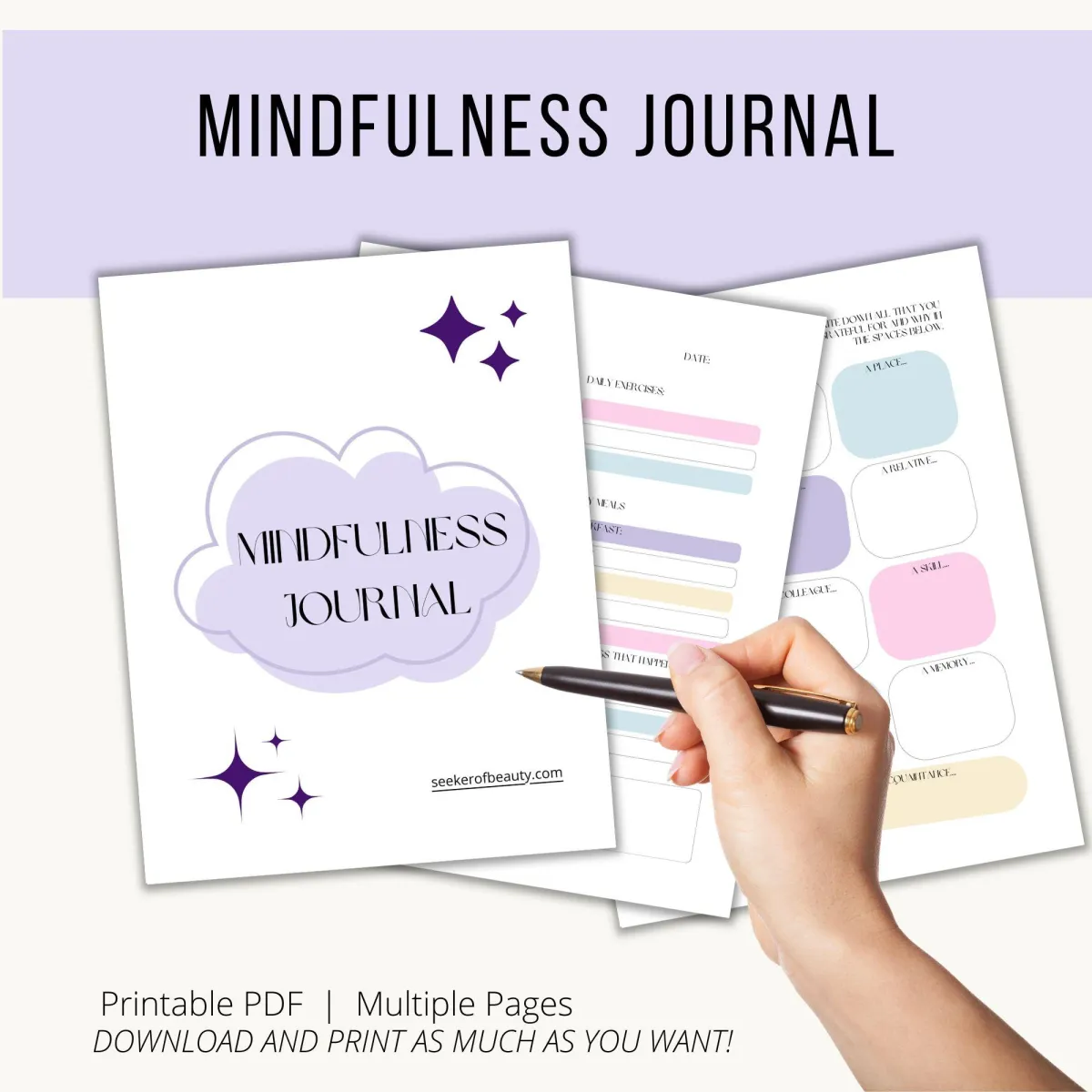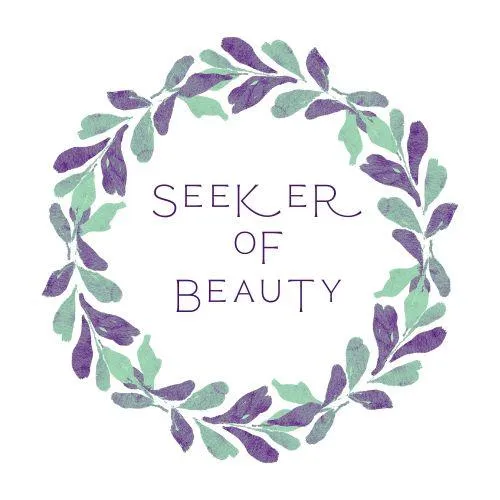
Beginners Guide to Meditation
September is National Self-Care Awareness Month. It is a great time to start making self-care a part of your daily routine.
Meditation is an awesome practice to add to any self-care journey but is often thought to be a little intimidating as to where to even start.
Meditation refers to a state where your body and mind are consciously relaxed and focused. Practitioners of this art report increased awareness, focus, and concentration, as well as a more positive outlook in life.
Meditation is most commonly associated with monks, mystics and other spiritual disciplines. However, you don’t have to be a monk or mystic to enjoy its benefits. And you don’t even have to be in a special place to practice it. You could even try it in your own living room!
Although there are many different approaches to meditation, the fundamental principles remain the same. The most important among these principles is that of removing obstructive, negative, and wandering thoughts and fantasies, and calming the mind with a deep sense of focus. This clears the mind of debris and prepares it for a higher quality of activity.
The negative thoughts you have – those of noisy neighbors, bossy officemates, that parking ticket you got, and unwanted spam– are said to contribute to the ‘polluting’ of the mind, and shutting them out is allows for the ‘cleansing’ of the mind so that it may focus on deeper, more meaningful thoughts.
Some practitioners even shut out all sensory input – no sights, no sounds, and nothing to touch – and try to detach themselves from the commotion around them. You may now focus on a deep, profound thought if this is your goal. It may seem deafening at rest, since we are all too accustomed to constantly hearing and seeing things, but as you continue this exercise you will find yourself becoming more aware of everything around you.
If you find the meditating positions you see on television threatening – those with impossibly arched backs, and painful-looking contortions – you need not worry. The principle here is to be in a comfortable position conducive to concentration. This may be while sitting cross-legged, standing, lying down, and even walking.
If the position allows you to relax and focus, then that would be a good starting point. While sitting or standing, the back should be straight, but not tense or tight.
In other positions, the only no-no is slouching and falling asleep.
Loose, comfortable clothes help a lot in the process since tight fitting clothes have a tendency to choke you up and make you feel tense.
The place you perform meditation should have a soothing atmosphere. It may be in your living room, or bedroom, or any place that you feel comfortable in. You might want an exercise mat if you plan to take on the more challenging positions (if you feel more focused doing so, and if the contortionist in you is screaming for release). You may want to have the place arranged so that it is soothing to your senses.
Silence helps most people relax and meditate, so you may want a quiet, isolated area far from the ringing of the phone or the humming of the washing machine. Pleasing scents also help in that regard, so stocking up on aromatic candles isn’t such a bad idea either.
The monks you see on television making those monotonous sounds are actually performing their mantra. This, in simple terms, is a short creed, a simple sound which, for these practitioners, holds a mystic value.
You do not need to perform such; however, it would pay to note that focusing on repeated actions such as breathing, and humming help the practitioner enter a higher state of consciousness.
The principle here is focus. You could also try focusing on a certain object or thought, or even, while keeping your eyes open, focus on a single sight.
One sample routine would be – while in a meditative state – silently name every part of your body and focus your consciousness on that part. While doing this you should be aware of any tension on any part of your body. Mentally visualize releasing this tension. It works wonders.
Using Crystals for Meditation
Using crystals for meditation is a practice that many people find beneficial for enhancing their meditation experience. Crystals are believed to have certain energies and vibrations that can help promote relaxation, focus, and spiritual growth. Here’s how you can use crystals for meditation:
Choose a Crystal: Select a crystal that resonates with your intention for meditation. Different crystals are associated with various properties, such as calming, grounding, clarity, or intuition. Some popular meditation crystals include amethyst, clear quartz, rose quartz, and selenite. Research the properties of different crystals to find one that aligns with your meditation goals.
Create a Sacred Space: Find a quiet and comfortable space for your meditation. You can place the crystal nearby or hold it in your hands during the meditation. It’s also helpful to dim the lights and play calming music if that enhances your meditation experience.
Hold or Place the Crystal: Depending on your preference, you can either hold the crystal in your hands or place it on your body. Holding the crystal can create a direct connection between its energy and your own. Placing it on your body, such as on your chest or on your forehead, can allow the crystal’s energy to flow through you.
Focus on Your Breath: Begin your meditation by taking deep, slow breaths. Focus on the rise and fall of your breath, allowing your body to relax with each exhale. As you breathe, you can also visualize the crystal’s energy flowing into your body, bringing its qualities into your awareness.
Set Your Intention: During your meditation, set your intention for the session. This could be anything from seeking inner peace, clarity, healing, or spiritual connection. Hold the intention in your mind and let the crystal’s energy support your goal.
Visualize and Feel: As you meditate, visualize the crystal’s energy enveloping you in a soothing and protective light. Feel its vibrations resonating with your own energy, enhancing your sense of calm and focus.
Stay Present: Throughout the meditation, gently bring your focus back to your breath and the crystal whenever your mind starts to wander. Allow yourself to fully experience the energy of the crystal in the present moment.
Express Gratitude: As your meditation comes to an end, express gratitude for the crystal’s energy and the experience you’ve had. You can also send intentions of healing and positivity back to the crystal.

In all, meditation is a relatively risk-free practice and its benefits are well worth the effort (or non-effort – remember we’re relaxing).
Conclusion
Studies have shown that meditation does bring about beneficial physiological effects to the body. And there has been a growing consensus in the medical community to further study the effects of such. So in the near future, who knows, that mystical, esoteric thing we call meditation might become a science itself!

Free Mindfulness Journal
© 2024 Seeker of Beauty built by
sweetsallysscents


Facebook
Instagram